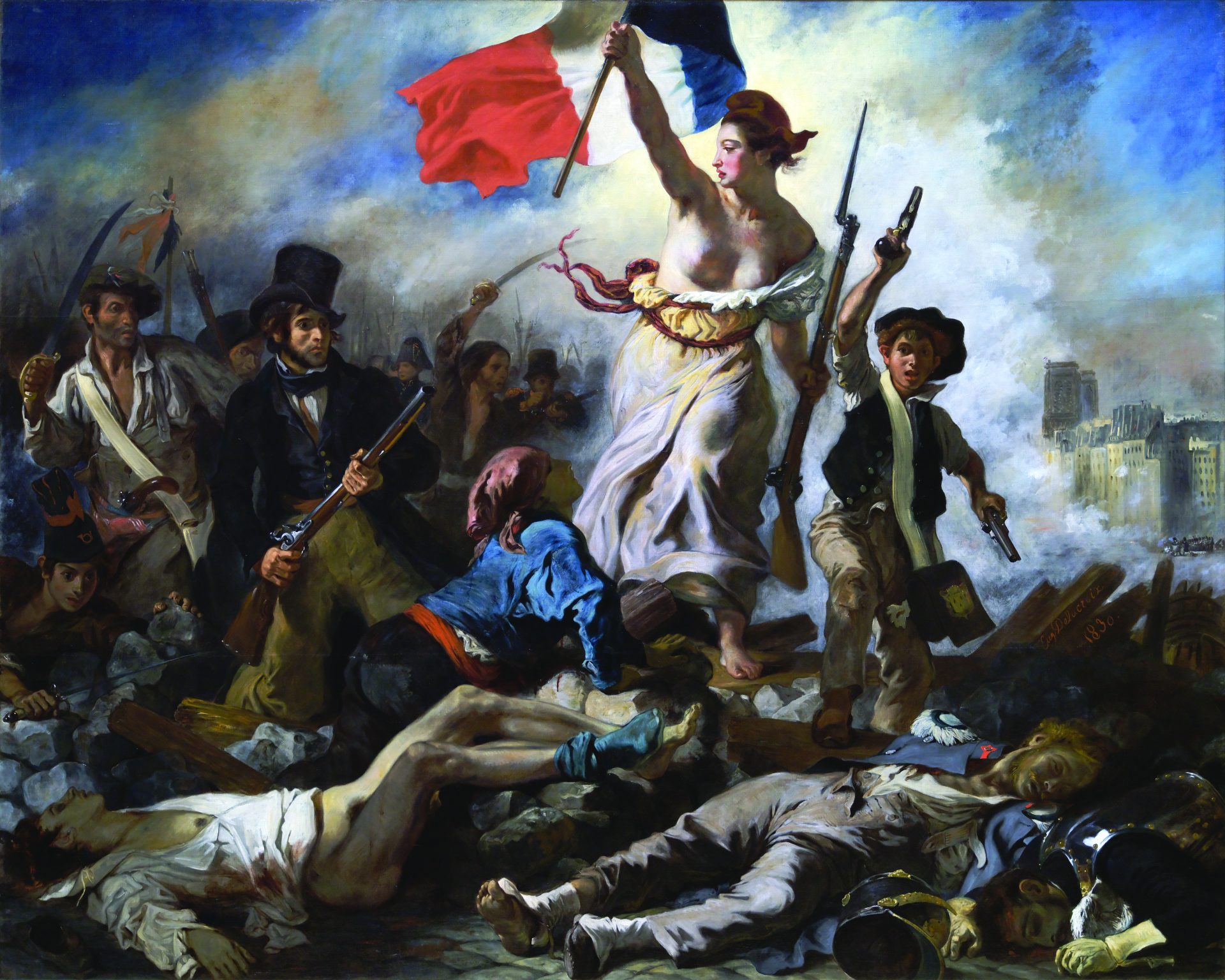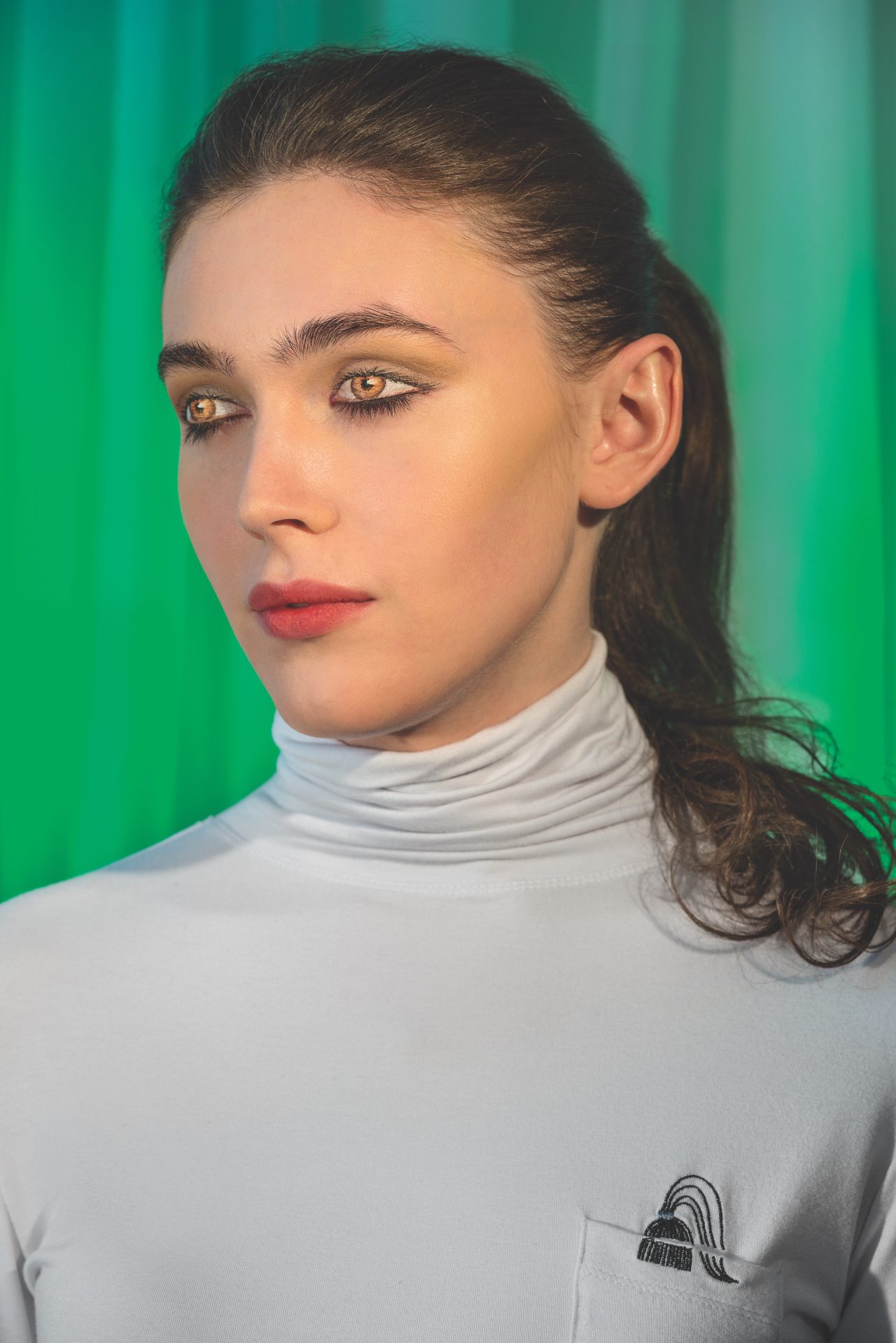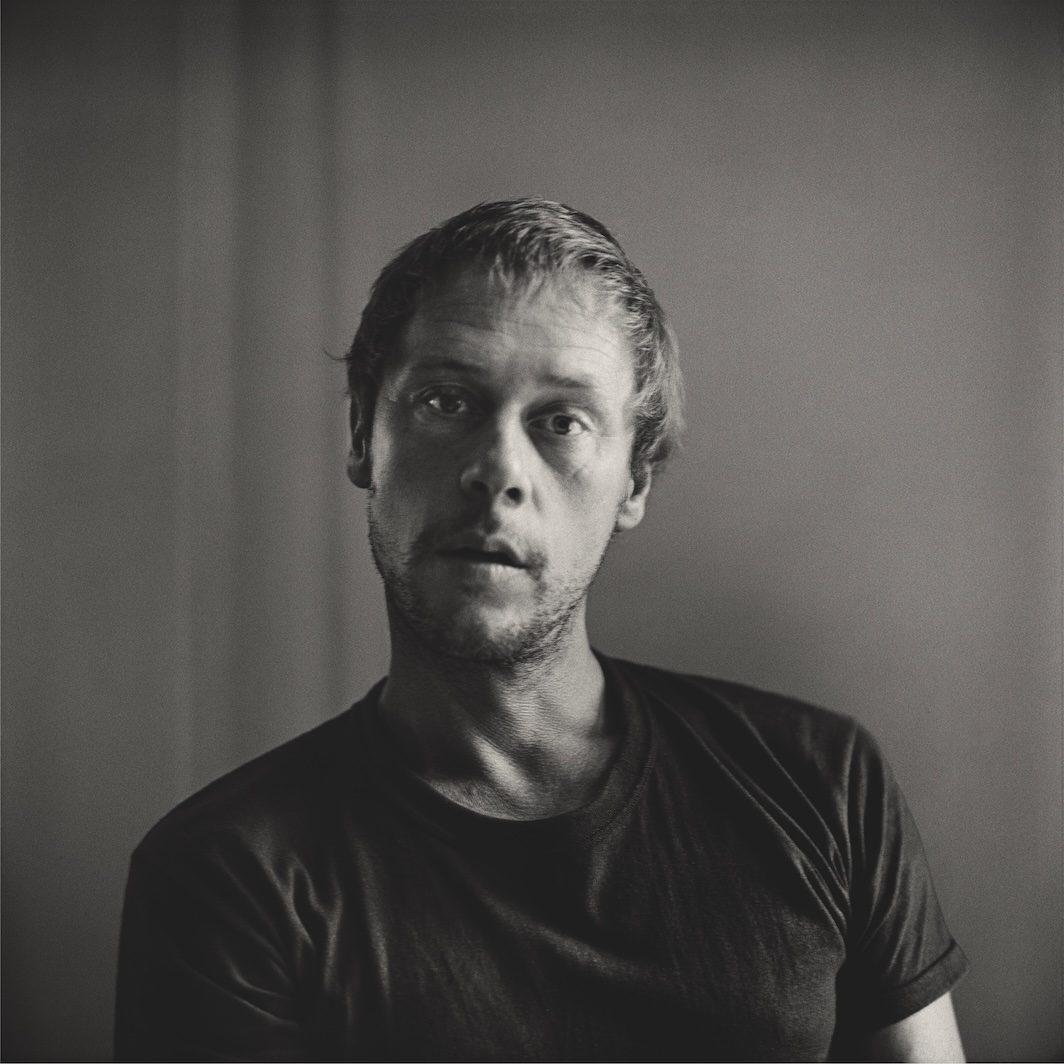
Since the 2007–2009 “WACK!” exhibition in Los Angeles and New York, there has been a passionate reinvestigation of feminist art. Amelia Jones, to give just one example, wonders in a recent X-Tra magazine essay whether feminist artists have regressed to a desire to “make money out of the bodies (and the bodies-of-work) of women.” What better time, then, to publish Correspondence Course? This letter collection offers insights from many of the artists who started these debates in the first place, Carolee Schneemann in particular. Since the late ’50s, her paintings, installations, and films have examined representations of the female body, simultaneously honoring its sacredness and grappling with its sexual allure (or abjection). One of her most notorious performances, Meat Joy (1964), placed writhing naked bodies on a stage strewn with raw fish, chickens, sausages, and wet paint.
Spanning forty-five years, this book includes exchanges with experimental filmmakers Anthony McCall and Stan Brakhage, choreographer Yvonne Rainer, poet Dick Higgins, and critic Carol Wikarska, among others. One expects fiery feminist missives from Schneemann, and on this front the book frequently delivers. Like her art, Schneemann’s letters have a peppery charisma, one that imbues her correspondence with a brand of poignant and sensitive, but never quite vitriolic, militancy—not to mention a flair for free association and all-caps diatribes (“I AM ELECTRICAL VULVIC BOLT IN TIME I BLEED MY MONTHS NOT YOUR CALENDAR,” she writes in a 1975 letter to poet Clayton Eshleman). The tension between feminist collectivity and artistic individualism was, for Schneemann, a long-standing concern. One letter reproaches filmmaker Agnes Varda after the latter denounced Interior Scroll (1974), a performance in which Schneemann read a text printed on a scroll that she unrolled from her vagina. “The quality of your reactions [were] a form of public betrayal and indulgence,” writes Schneemann. Here and elsewhere, the artist displays an uneasy quest for feminist solidarity. Outrage, for her, is a means to intellectual alliance.
Given that Schneemann’s oeuvre often involves text—see her book Video Burn (1992), in which sexualized female imagery is pitted against political headlines and antiwar collages—this letter collection feels like a discrete artwork in itself. It’s also an example of publishing as a feminist strategy, a document that reflects on history in ways that remind us of women’s hard-won rights. Schneemann’s forthright approach includes even the most excruciatingly personal letters. A 1957 letter to writer Naomi Levinson relates how she sought advice from her father, a doctor, about where to get an abortion: “I inquired of him what to do and nightmare-like he told me exactly what he told my mother twenty years ago when she tried to abort me: castor oil and an enema.”
Even at their most personal, the letters are deeply invested in mapping out new artistic territory. In terms of art history, the most significant narrative that emerges from Correspondence Course is that of Schneemann’s own pioneering struggle past Abstract Expressionism. Establishing herself as a landscape painter in the ’50s, she originally practices abstraction through depictions of nature. The middle of the book traces her move toward a dissolution of landscape and figurative painting into the physical body, primarily through performance and installation. “Every time I work well from the figure,” she writes in 1957 to Brakhage, “I ‘break’ with the figure; for I don’t want ‘it’; I want its limitless possibilities for forms and spatial expressiveness.” Letters like this hint at Schneemann’s breakthrough, reaching gesture through means other than brush on canvas.
As she notes in 1996, the Fluxus art movement became her home in the ’60s: “Fluxus is—was, always my community, my historic base of friends, shared times and spaces, interconnections of intention, appreciations.” The only other book I can think of that captures Fluxus from a sexually candid, feminist perspective is Dorothy Iannone’s more visually oriented 2001 treatment of her correspondence with lover Dieter Roth, Dieter and Dorothy. Both books offer glimpses into vivaciously led lives that, while very different, are linked through the desire to achieve ecstatic female freedom.
Correspondence Course features many fine exchanges between Schneemann and luminaries like Hannah Arendt, George Brecht, Ann Lauterbach, and Shigeko Kubota. Schneemann and her “tribe,” as she calls this group, often wrote openly about sex and mystical issues as being inextricably linked to aesthetics. Schneemann’s distinctive ability to tie body politics and goddess principles—the belief that goddesses symbolize feminine connections to landscape—to more formal art-historical concerns is not just winningly complex (too complex, say, to be a quest for cultural power) but also a major reason why she is finally experiencing canonization, as indicated by her dual 2009 New York solo exhibitions and a retrospective in early 2010.
The final sections (1987–99) contain letters about overcoming cancer, career frustrations, and bittersweet success, like this 1993 note to Karen Wentworth: “This year for the first time in my life I sold a large work to a major museum.” The artist avoids self-pity in favor of pride, leaving the reader feeling fortified. Correspondence Course is a book at once combative and communal, aesthetic and feminist. Schneemann chronicles a life dedicated to uncompromised artistic exploration and growth through the unpacking of her own assumptions, as well as those of others, all in the name of conceptual progress.
Trinie Dalton’s latest book is Sweet Tomb (Madras, 2009), a novella.






